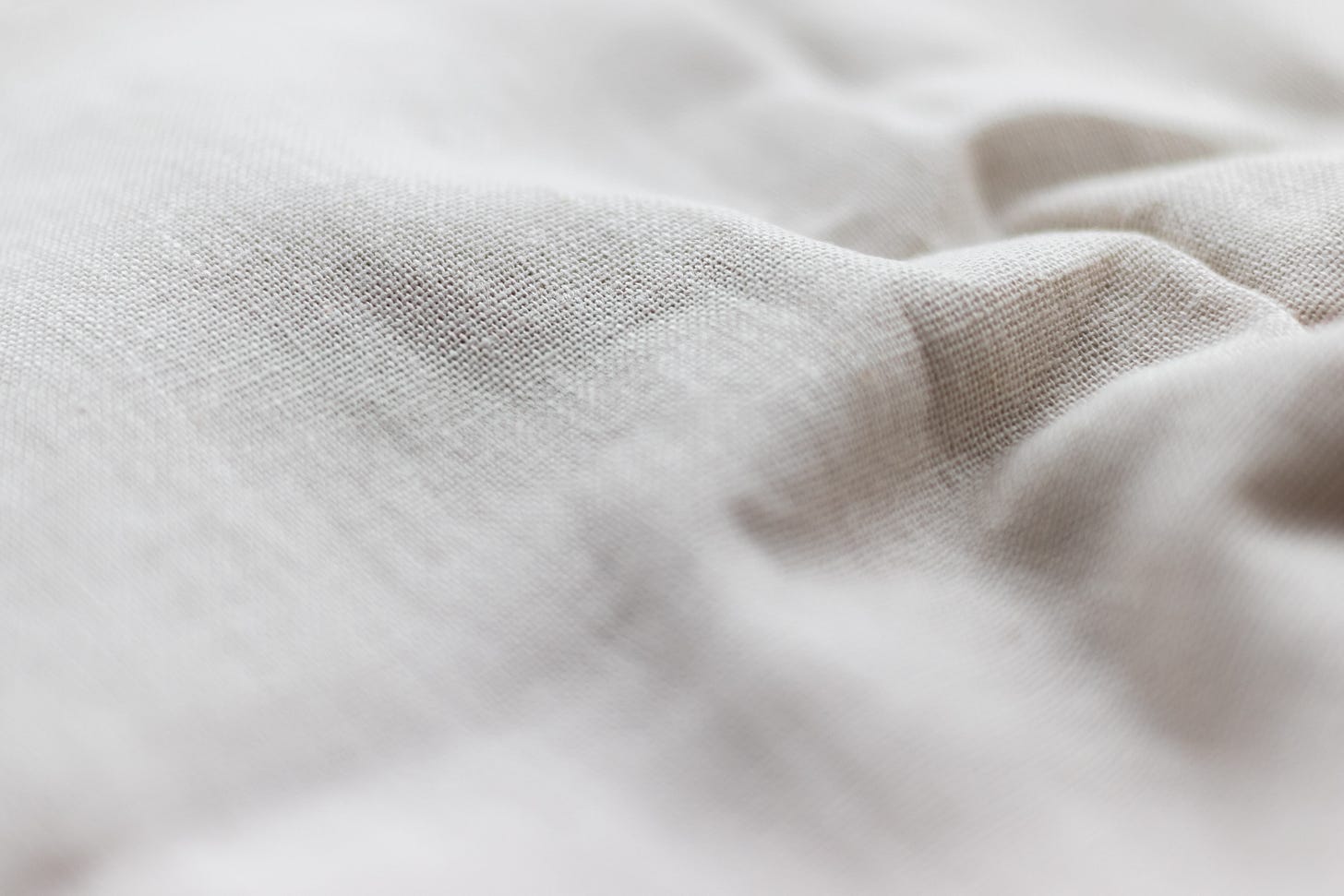The Man Within His Cloth
Understanding the deeper significance of the clothing of the Kohen and our Purim costumes.
It seems to be the season of clothing. In this week's Parashah, we are introduced to the clothing of the Kohanim. On Purim, which is this coming week, many have the custom to dress up in costume. In fact the Gemara1 teaches us that Achashverosh himself dressed up in the clothing of the Kohen Gadol. Clothing is also something which forms an identity as to who we are. For example, uniforms are associated with specific groups and when someone wears a uniform, they represent that institution. I recall a significant shift in my personal identity when I moved away from wearing white shirts, which were characteristic of my yeshiva days, and started wearing colored shirts. At that point, I no longer felt like a yeshiva student, and so it no longer made sense for me to don the uniform.
We choose our clothing as individuals, thus we tend to scrutinize other people’s chosen appearances and categorize them. This is especially true regarding the kippah.
Why are we seeming so focused on the external,…
Keep reading with a 7-day free trial
Subscribe to Shui’s Newsletter to keep reading this post and get 7 days of free access to the full post archives.



